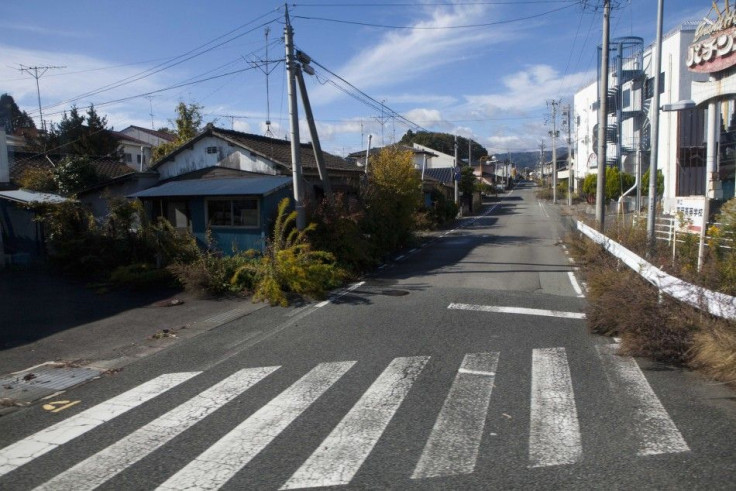Japan Earthquake 2012: Fukushima Okay, but Government Urges State Control of Nuclear Plant

In the wake of a strong Japan Earthquake 2012 that shook much of the country on New Year's Day, the statement government is telling the Fukushima Daiichi nuclear power plant damaged in the severe 2011 Japan earthquake to consider accepting temporary state control in return for public funds.
Tokyo Electric Power Co., or Tepco, has requested 689.4 billion yen in government aid to help fund its response to the Fukushima nuclear disaster in 2011. Among the options given from the government in response to that request is handing over control of the site to the government.
In late December Japan's government said decommissioning the Fukushima Daiichi nuclear plant will take 30 to 40 years. The plant was destroyed by the March 11 earthquake and subsequent tsunami resulting in mass evacuations and global fear as the reactor overheated.
Tepco is responsible for the cleanup costs at the moment, but the company has argued that the enormous costs could jeopardize its position as an independent firm.
Meanwhile, Japan was struck by another strong earthquake on New Year's Day, but the Fukushima plant site wasn't damaged, according to reports.
The strong earthquake with a magnitude of 6.8 shook Japan off the country's coast on Sunday, the first day of the new year, according to the U.S. Geological Survey.
The USGS said the earthquake struck 495 kilometers (307 miles) south-southwest of Tokyo at a depth of 348.5 kilometers (216.6 miles). Because the jolt was so deep, it was less likely to cause damage at the surface than quake last March 11, which caused a tsunami and, ultimately, a nuclear crisis in the country.
However, there were no reports of damage this time around, and the Pacific Tsunami Warning Center did not issue a tsunami warning.
Initially, the USGS assigned the earthquake a preliminary magnitude of 7.0. It was soon downgraded to 6.8, however.
Buildings reportedly swayed from the jolt in Tokyo, but the Daily Mail reported that the quake did not disrupt the final of the Emperor's Cup football tournament being played at the National Stadium.
The media reported that some roads and high-speed rail services in northern Japan were temporarily suspended after the quake, but were soon restored.
Japan is in a area known as the Pacific's ring of fire, according to CNN -- an area of high seismic and volcanic activity stretching from New Zealand in the South Pacific up through Japan, across to Alaska, and down the west coasts of North and South America. The region produces 20 percent of the world's earthquakes measuring 6 or higher in magnitude.
U.S. Ambassador to Japan John Roos said in a message on Twitter regarding the New Year's Day earthquake: Memorable start to New Year -- about to greet Emperor and Empress for New Year when Imperial Palace began to shake.
© Copyright IBTimes 2025. All rights reserved.





















